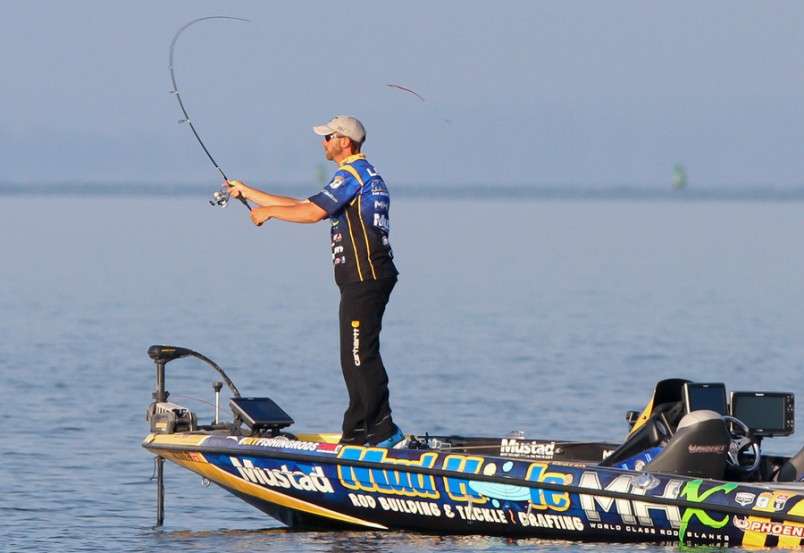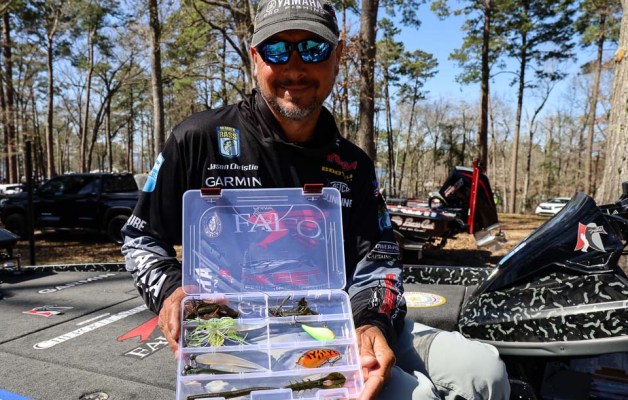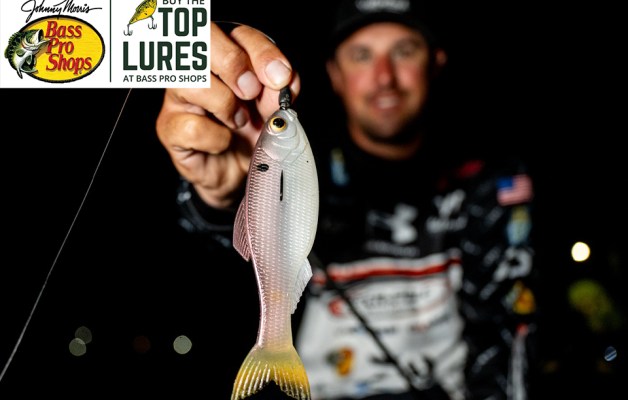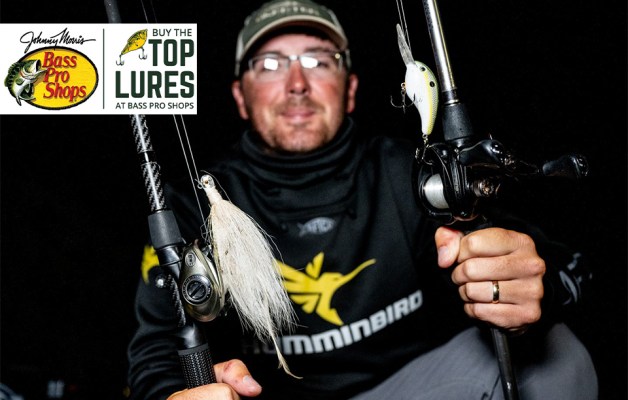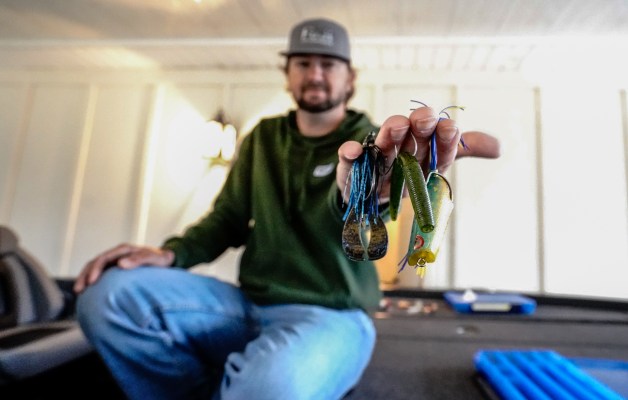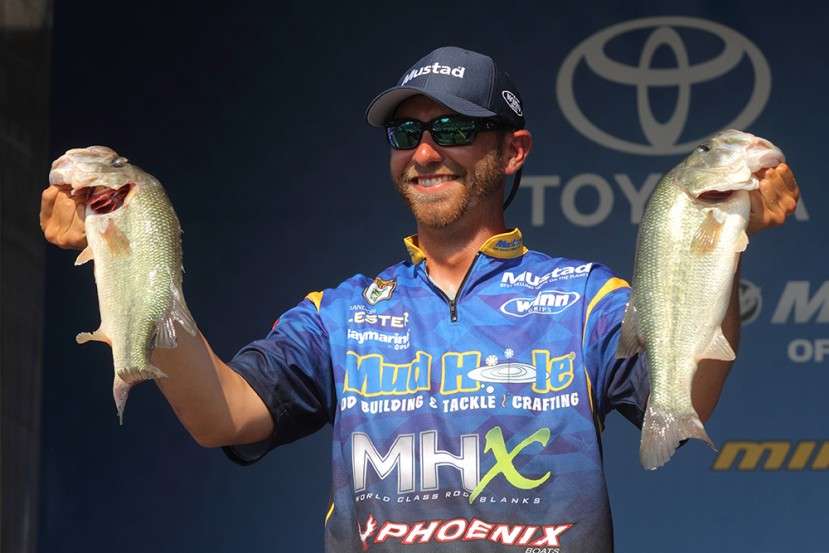
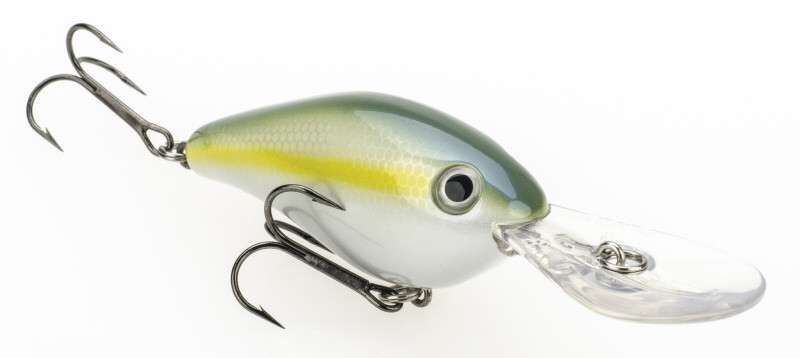
Lester said he uses a variety of crankbaits, but his absolute favorite is the Strike King 6XD. âThatâs a staple in my ledge-fishing arsenal, and I make sure to have both the rattling version and a silent version tied on,â he said. âOnce they get conditioned to those rattles, you can throw one in there thatâs silent, and a lot of times theyâll bite that silent bait better.â
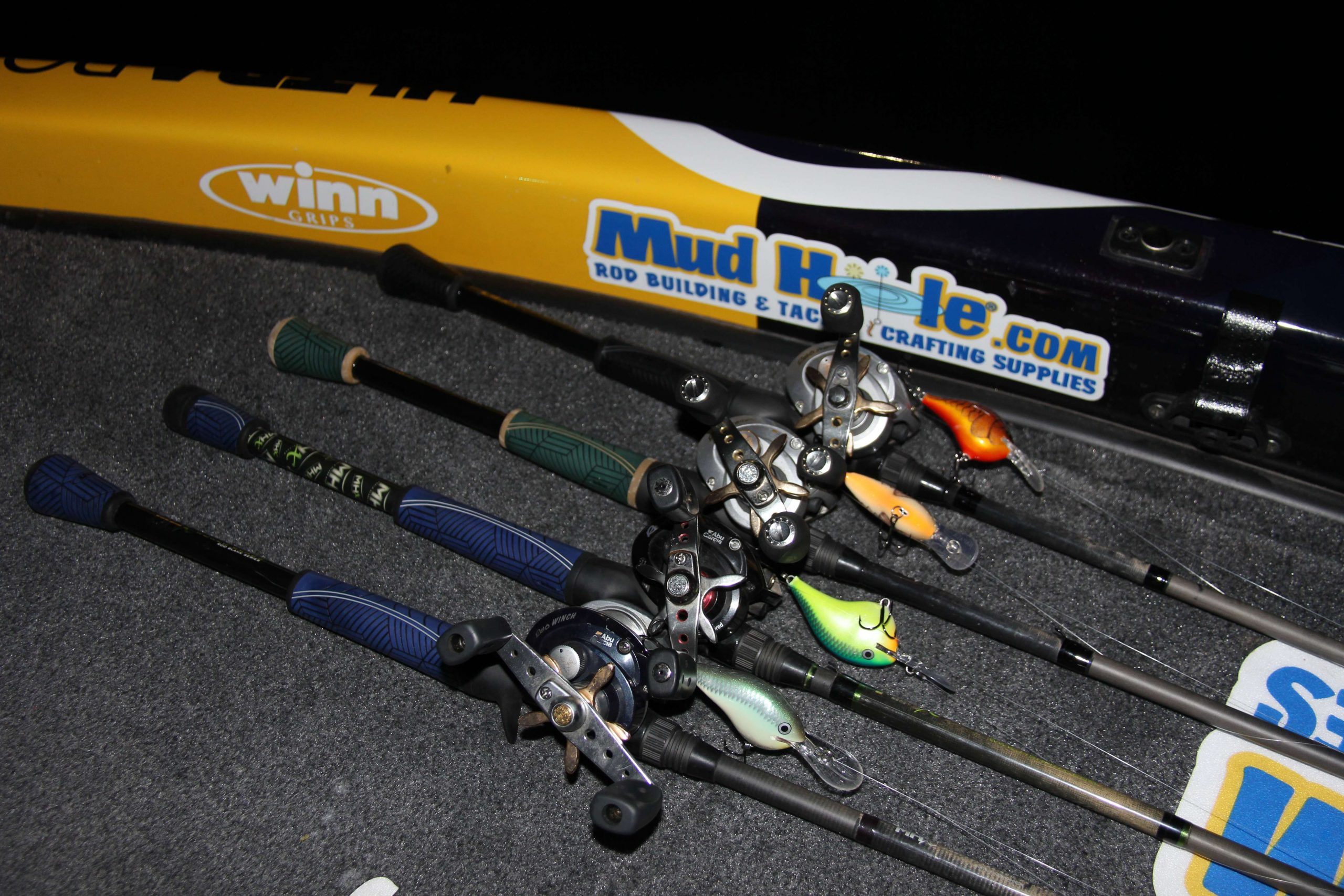
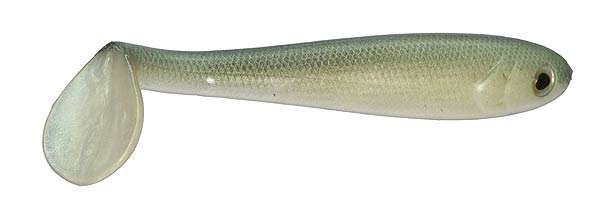
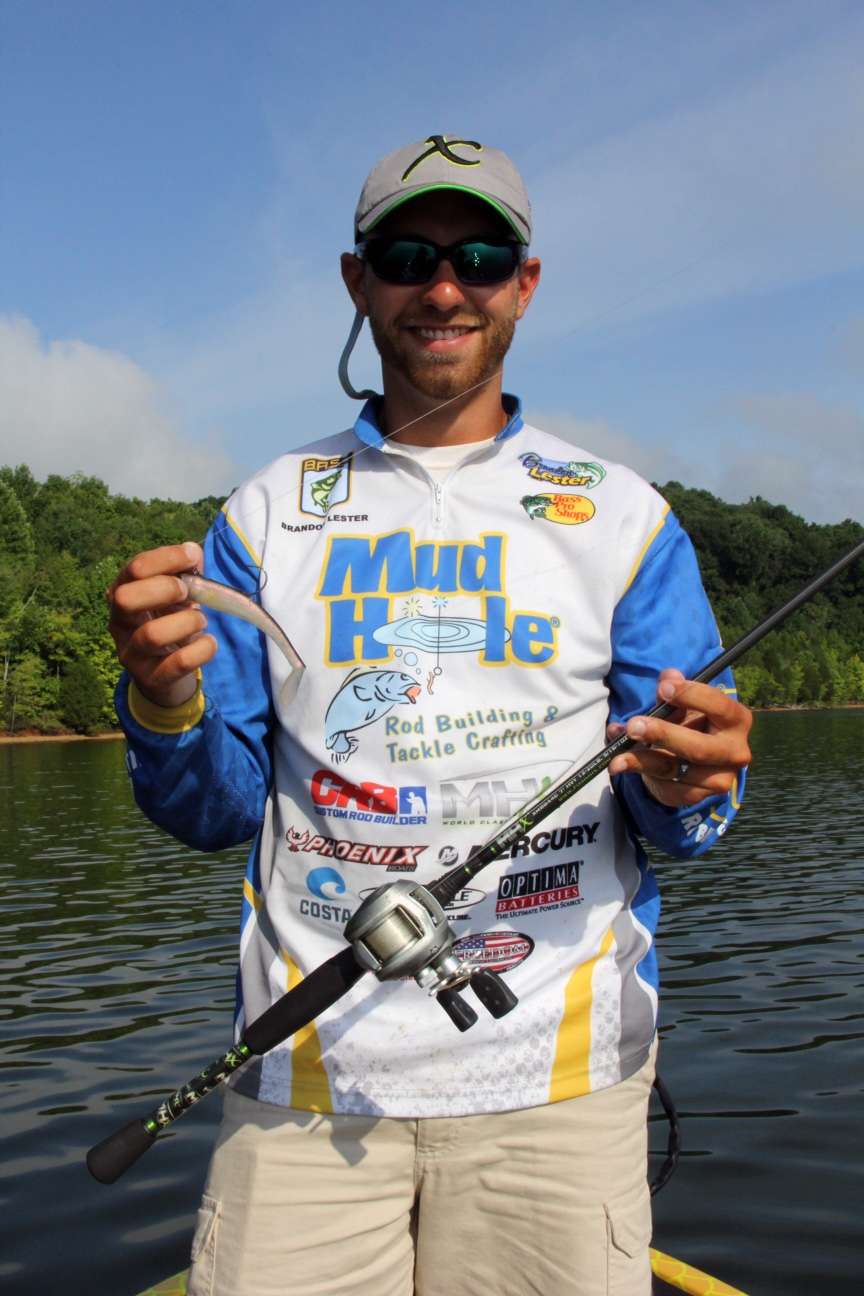
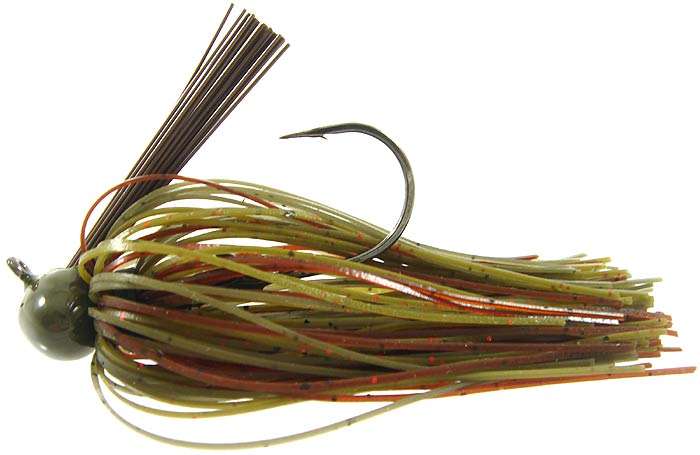
The 3/4-ounce model is his go-to jig most of the time, but he will go to the 1-ounce version if heâs fishing 25 feet deep or deeper. As for color, he likes anything natural. âGreen pumpkin works everywhere,â Lester said. âI use a Strike King Rage Craw trailer.â
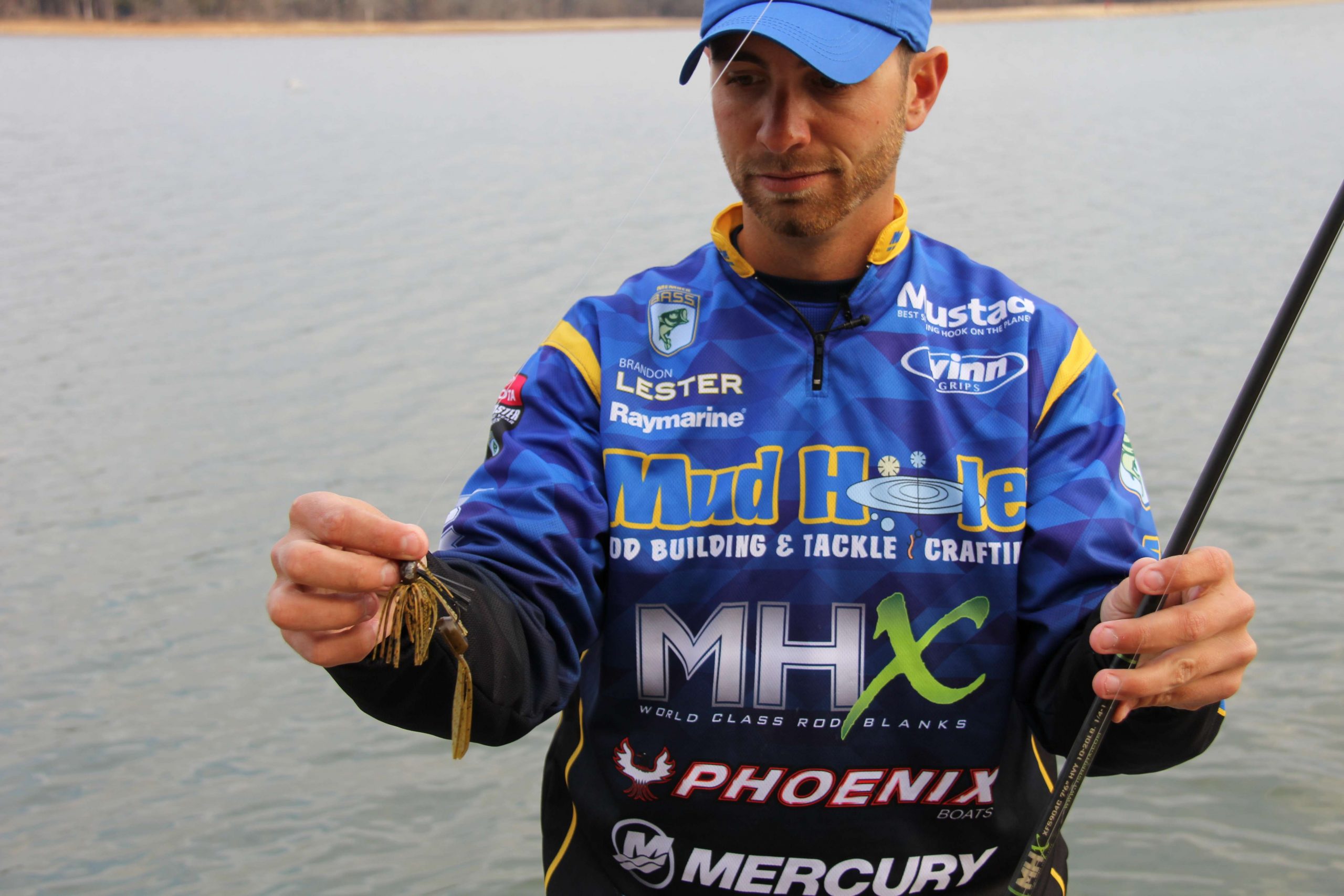
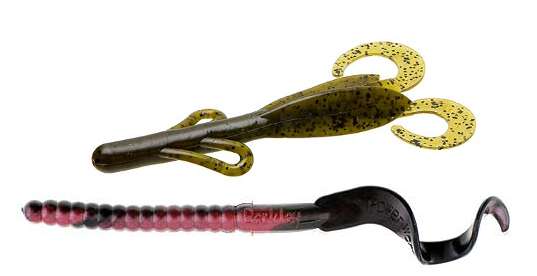
Lester said some people think of a Carolina rig as a ânumbersâ technique, but it doesnât have to be. âIf you throw big baits on it, it will catch big fish,â he said. âYou see a lot of people rig up a Carolina rig, and theyâll put a little bitty craw on there or a centipede or a Baby Brush Hog,â Lester said. âBut Iâve got two baits I throw on a Carolina rig: a big full-sized Zoom Brush Hog and a 10-inch Berkley Power Worm. Thereâs something about those two baits.â
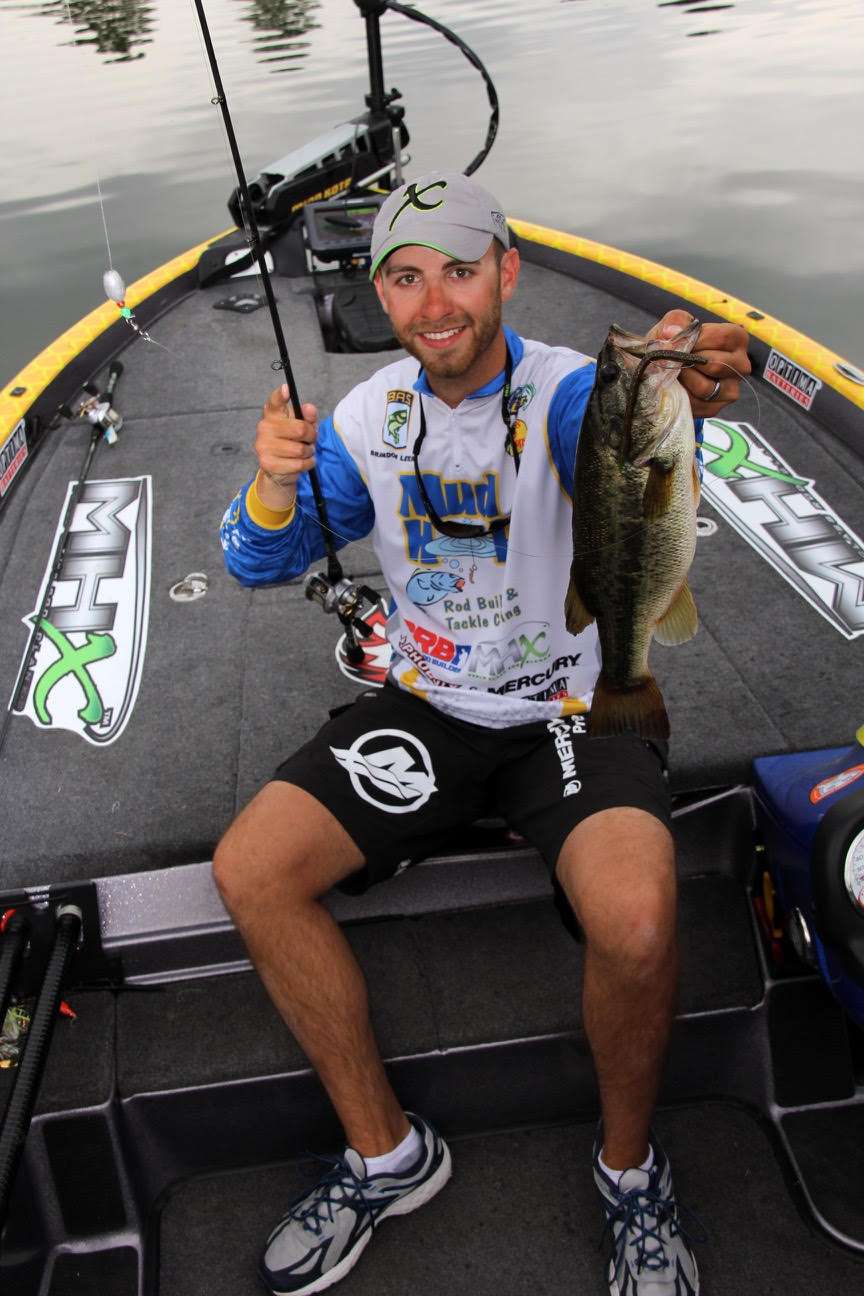
Though some consider the Carolina rig to be a little bit âout of style,â he said it could cycle back around as technology continues to improve. âWith all of the ledge-fishing developments weâve had the past few years, itâs not something a lot of people throw anymore. Itâs kind of forgotten.â

